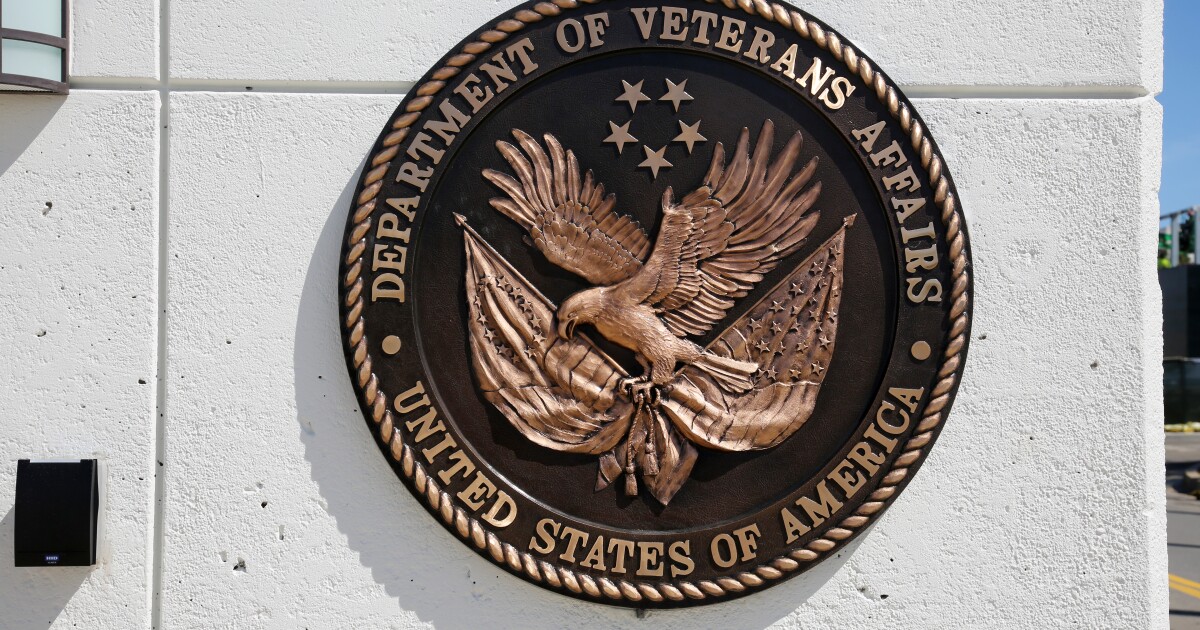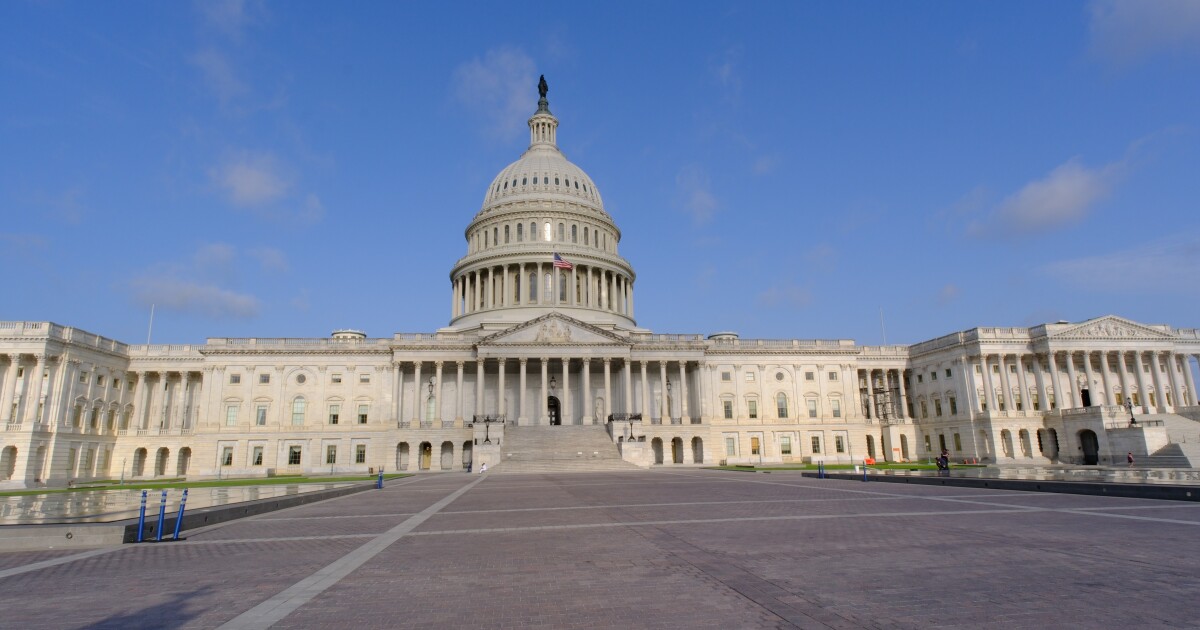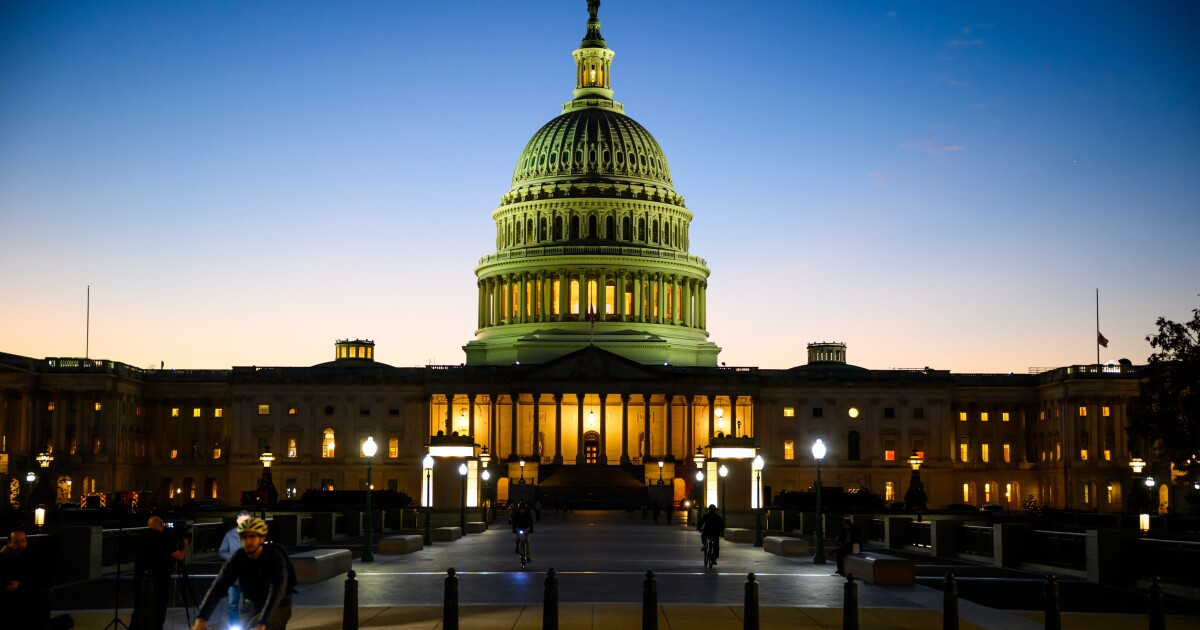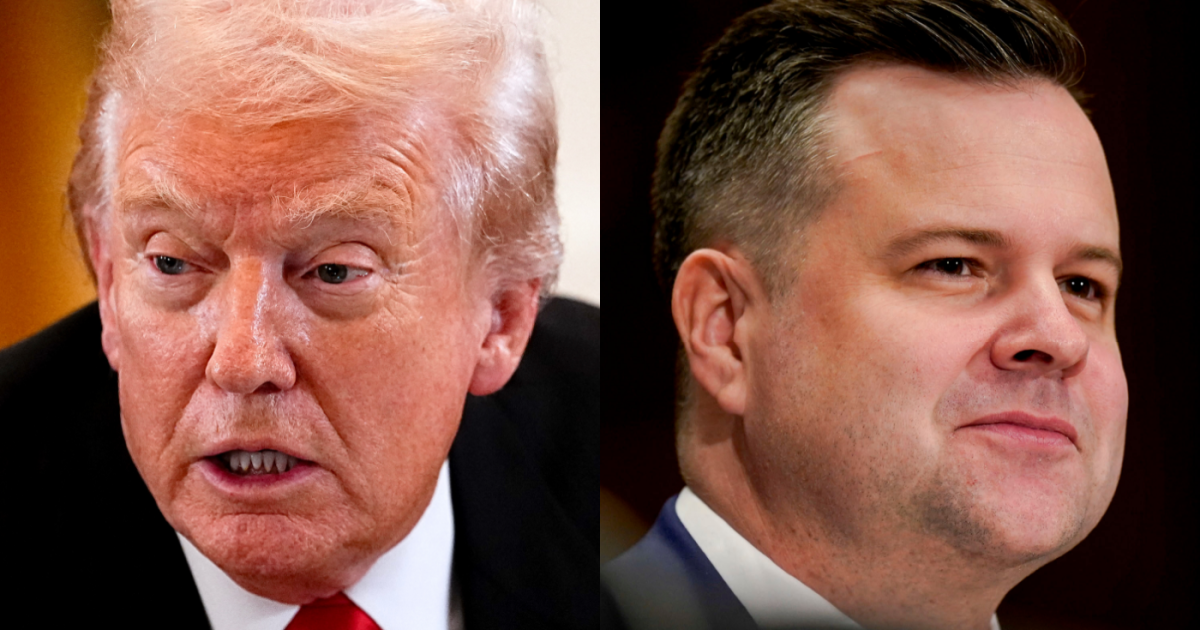
The Department of Veterans Affairs will reduce some red tape around the broader process for working with distressed borrowers as it starts winding down one type of temporary assistance it has offered.
Mortgage servicers will no longer have to follow the ordered "waterfall" of different options to try in an effort to get loans to reperform after a payment lapse once
The VA's directive opens up some discretion for housing finance companies when it comes to handling borrowers with loans with the VA's partial guarantee when there is a payment issue, but also indicates the traditional pattern of assistance remains relevant.
Servicers "need not follow the review order outlined in the VA home retention waterfall" as of May 1. But they should "keep VA's preferred order of consideration in mind," according to the department.
Both this part of the VA's circular and the broader context of other legalities will mean that in practice, mortgage professionals could stick pretty close to waterfall requirements when offering assistance — or at least may want the department's blessing before offering alternatives.
"The way I read it, this gets away from being overly regulated and prescriptive and pushes responsibility back to the servicers, but there are some concerns around that from a UDAP and fair servicing perspective," said Matt Tully, chief compliance officer for Sagent.
While some Trump administration officials outside of the VA have signaled interest in
"The laws are the laws until they're repealed," Tully said, noting that even when regulators reduce layers of oversight, mortgage companies can be wary of retroactive enforcement from a future administration that might be more proactive.
The official directive the department put out in response to ending its waterfall and VASP offers specifics on what happens to borrowers in the midst of evaluation for the temporary last-resort assistance when May 1 arrives.
New trial payment plans and VASP submissions will no longer be accepted starting that day. Trial payment plans already in progress and being used as intended could keep going if the department's finances hold out.
"VA will allow active TPPs to continue through Aug. 31, 2025, and will purchase successful loans subject to VA's determination that funds remain available," the circular said.
The department's particular budget and structure have made it challenging to unwind temporary leeway it gave some borrowers on emergency basis to help them weather the pandemic, in particular a partial claim that allowed missed payments to be postponed via a second lien.
When the VA partial claim abruptly ended in October 2022 due to budget concerns and the pandemic receding, there was an outcry around the fact there were tens of thousands of borrowers who qualified for it but no longer had access.
VASP was introduced as an alternative in May of last year following a period where the department urged servicers to engage in a voluntary ban on foreclosures until the program could be stood up and used.
The Mortgage Bankers Association has opposed the abrupt end of VASP given the way
Legislators like Rep. Derrick Van Orden, R-Wis., who was formerly part of an elite U.S. Navy force and a VA borrower, have shown interest in establishing permanent partial claims, but he also has shown concern about such programs' impact on the department's financial soundness.
Van Orden has questioned whether VASP has a public purpose, could be open to abuse by borrowers and characterized it as addressing a business risk the mortgage industry should be responsible for. But MBA President and CEO Bob Broeksmit has a different view.
"Any characterization of VASP as a 'lender bailout' is patently false and entirely inappropriate, given that the mortgage industry voluntarily honored a foreclosure moratorium for months until the VA was able to provide VASP," Broeksmit said in a statement earlier this month.



